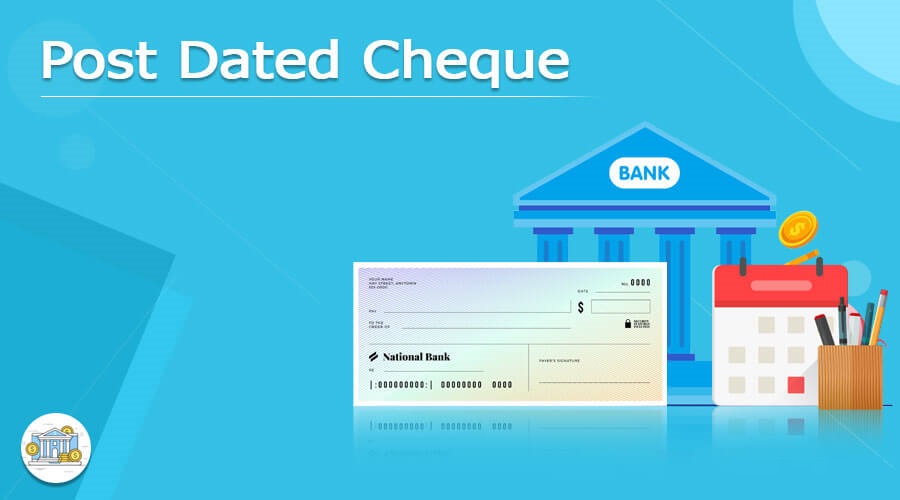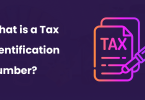The Dynamics of Postdated Payments in a Digital World
In the intricate dance of financial transactions, the concept of postdated payments plays a crucial role. Whether it’s the age-old practice of writing a future date on a check or the modern convenience of scheduling electronic payments, understanding the nuances of postdating is essential in today’s dynamic financial landscape. Join us as we explore how postdating works, the regulatory framework surrounding it, and the risks and innovations that shape its trajectory.

How Postdating Unfolds in the Digital Era
Traditionally, the act of postdating involved scribbling a future date on a check, signaling to the payee that cashing it before the specified date was off-limits. In the digital age, this practice has evolved beyond pen and paper. Electronic postdated payments have become the norm, allowing individuals to schedule transactions with precision.
For instance, imagine having a car loan and wanting to ensure timely payments without the hassle of manual transactions. In this scenario, scheduling postdated electronic payments emerges as a convenient solution. By leveraging online banking platforms, individuals can set specific dates for funds to be seamlessly transferred from their accounts to the lender. The evolution of postdating into the digital realm signifies a shift towards efficiency and automation in personal finance.
Regulatory Landscape: The Uniform Commercial Code (UCC)
As financial practices evolve, so do the regulations that govern them. Enter the Uniform Commercial Code (UCC), a set of standardized business laws adopted by nearly every state. Embedded within the UCC is Article 3, Section 113, a crucial segment outlining the rules governing postdated checks. This section acknowledges the validity of financial instruments bearing future dates and establishes that the payment cannot be processed until the specified date.
However, even with regulatory frameworks in place, the intricacies of postdating checks present challenges. Banks and credit unions, while generally adhering to the UCC guidelines, may inadvertently cash postdated instruments early. This nuance introduces an element of risk for payers, potentially resulting in Non-Sufficient Funds (NSF) charges if the check bounces.
Postdated Checks and the World of Payday Loans
In the realm of payday loans, postdated checks play a pivotal role in the borrower-lender dynamic. Payday loans, notorious for their high-interest rates and short-term nature, often involve borrowers writing postdated personal checks to repay the lender. The borrower agrees to the lender cashing the check on a predetermined date, typically the borrower’s next payday.
This financial maneuver, while offering a quick solution for those with poor credit and limited access to traditional credit cards, comes with its set of risks. The exorbitant interest rates associated with payday loans, sometimes exceeding 900% on an annualized basis, compound the financial challenges faced by the borrowers. The postdated check becomes a collateralized agreement, intertwining the borrower’s financial well-being with the lender’s repayment expectations.
Risks and Vulnerabilities in the Postdating Landscape
While postdating checks and electronic payments offer convenience, they are not without risks. The time lag between writing a postdated check and its actual processing exposes sensitive information to potential threats. Identity theft, a looming concern in the digital age, becomes a significant risk when personal or financial information remains vulnerable during this interim period.
As transactions traverse the digital realm, the need for robust security measures becomes paramount. Institutions facilitating electronic postdated payments must implement cutting-edge cybersecurity protocols to safeguard individuals from the ever-present threat of identity theft. The fusion of convenience and security will be the hallmark of the postdating landscape in the future.
Technological Innovations: Shaping the Future of Postdated Payments
In envisioning the future of postdated payments, technological innovations take center stage. The advent of blockchain technology introduces a decentralized and tamper-proof ledger system, addressing the concerns of counterparty risks and ensuring the integrity of financial transactions. Smart contracts, powered by blockchain, have the potential to revolutionize the execution of postdated agreements, automating the process with unparalleled efficiency.
Artificial Intelligence (AI) emerges as a guiding force, offering predictive analytics to enhance the accuracy of postdating forecasts. Machine Learning algorithms can analyze vast datasets, providing insights into market trends and potential risks. The synergy of AI and postdated payments could usher in an era of proactive financial management, where individuals are empowered with predictive tools to navigate the complexities of their financial commitments.
Open Banking Initiatives: A Democratized Approach to Postdating
The democratization of financial services, facilitated by open banking initiatives, adds a layer of inclusivity to the postdating landscape. The seamless sharing of financial data between banks and third-party providers enhances the accuracy of credit assessments, allowing a broader spectrum of individuals to engage in postdated transactions. Open banking fosters financial accessibility, ensuring that the benefits of postdated payments are not confined to a select few.
As open banking initiatives continue to gain traction, the integration of postdated payments into the broader financial ecosystem becomes more seamless. Individuals, irrespective of their financial background, can leverage the convenience of postdating checks and electronic payments to manage their financial obligations with greater flexibility.
The Road Ahead: A Synthesis of Tradition and Innovation
In the ever-evolving landscape of finance, the concept of postdated payments weaves a narrative that spans traditional practices and futuristic innovations. As we navigate the road ahead, the synthesis of tradition and innovation will define the future of postdating. The timeless act of writing a future date on a check converges with the precision of electronic scheduling, creating a dynamic tapestry of financial transactions.
The regulatory landscape, shaped by frameworks like the Uniform Commercial Code, provides a solid foundation. However, the onus is on financial institutions to align with technological advancements and fortify security measures. Whether it’s the utilization of blockchain for tamper-proof transactions or the infusion of AI for predictive analytics, the future of postdating holds the promise of a more secure, efficient, and inclusive financial ecosystem.
In conclusion, postdated payments, in their various forms, continue to be integral to the financial fabric of our society. As we embrace technological innovations and regulatory frameworks evolve, the dynamics of postdating will adapt, ensuring that this time-honored practice remains relevant and resilient in the face of an ever-changing financial landscape.






